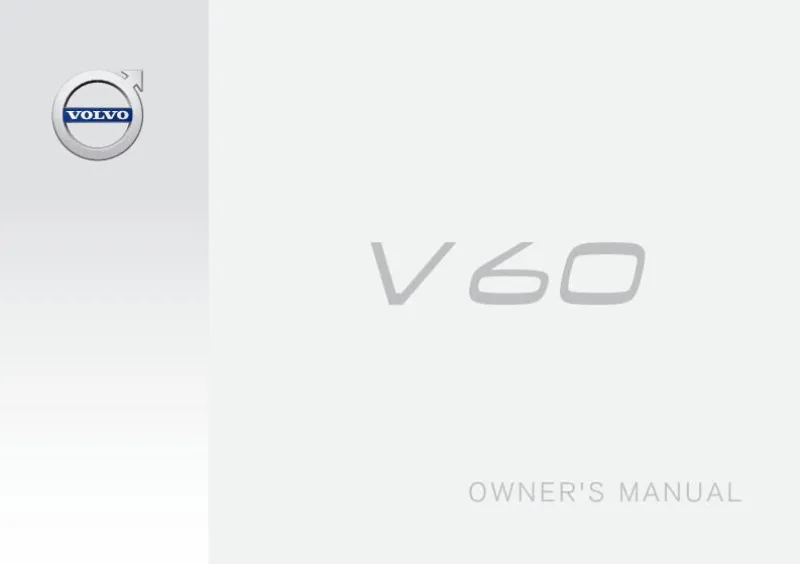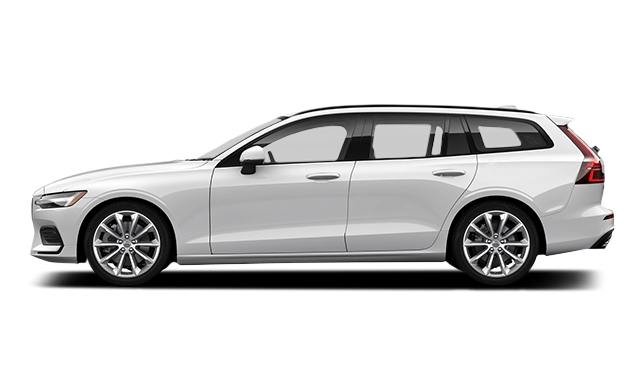2018 Volvo V60 Owner's Manual

Table of Contents
2018 Volvo V60 Overview
Introduction
The 2018 Volvo V60 encapsulates the spirit of luxury, practicality, and performance in a stylish wagon format. Designed for those who value sophistication and utility, the V60 boasts a harmonious blend of Swedish craftsmanship and innovative technology. Whether commuting through city streets or embarking on weekend adventures, this model promises a driving experience marked by comfort and confidence.
Powertrains
The 2018 V60 is offered with various powertrains, catering to diverse driving preferences. The base T5 model features a 2.0-liter turbocharged inline-four engine delivering 240 horsepower and 258 lb-ft of torque, providing a spirited yet efficient performance. For enthusiasts, the T6 variant is equipped with a supercharged and turbocharged version of the same engine, generating an impressive 302 horsepower. Both powertrains are paired with an eight-speed automatic transmission, ensuring a smooth and responsive ride.
Trims
The V60 model lineup includes several trims: the base T5, the more powerful T6, and the sport-oriented T6 Polestar. Each trim offers unique features, with the T5 focusing on essential luxury while the T6 introduces enhanced technology and comfort elements. The T6 Polestar edition elevates the experience, emphasizing performance with sport-tuned suspension and design enhancements, appealing to driving purists.
Features
A host of high-end features define the interior of the 2018 V60. Standard offerings include leather upholstery, a panoramic sunroof, and a user-friendly infotainment system with smartphone integration. Safety is paramount, with standard equipment like forward collision warning, lane departure warning, and blind-spot monitoring, ensuring peace of mind on every journey. Optional features such as adaptive cruise control and a premium sound system amplify the driving pleasure.
Owner's Manual
The owner's manual for the 2018 Volvo V60 serves as an essential resource, providing comprehensive guidance on its features, maintenance, and operation. Owners can easily navigate through topics ranging from warranty details to troubleshooting and recommended services. This user-friendly manual ensures that every driver maximizes their ownership experience while appreciating the sophisticated engineering behind the wheel.
User manual download
The Volvo V60 owner manual for the 2018 model year is to be found in PDF downloadable format on this page. The owner manual for the model year 2018 is free and in English, but the repair manuals are usually not easy to get and may cost more.
Manual Questions
Fill the form below and someone will help you!

